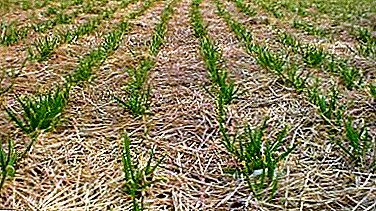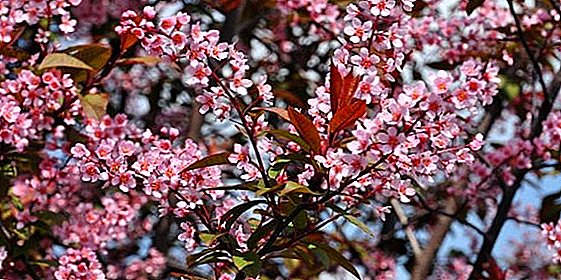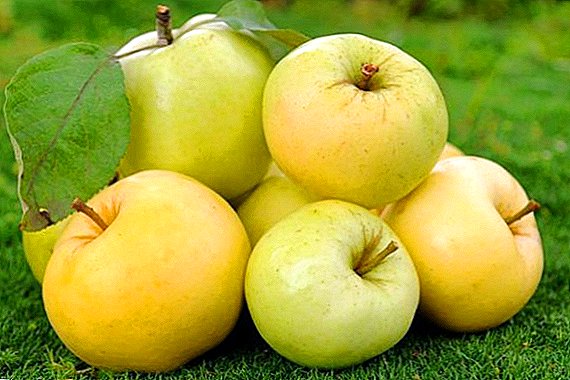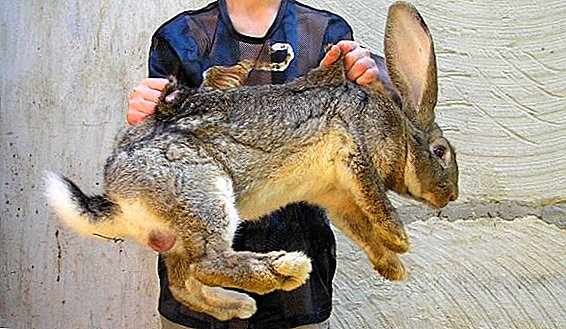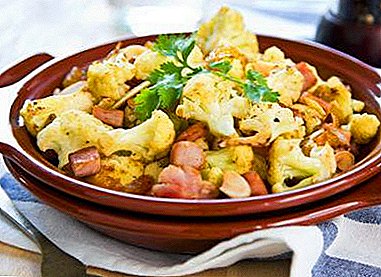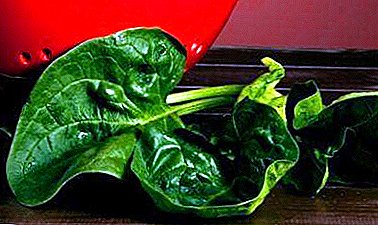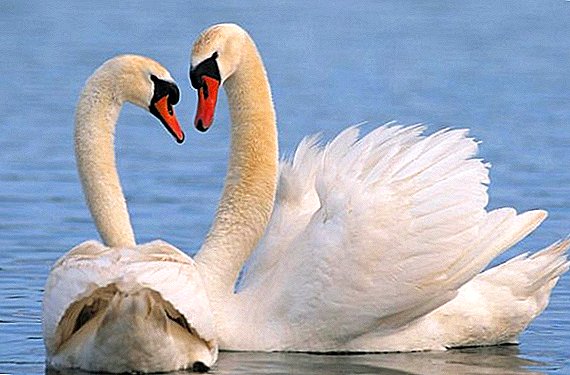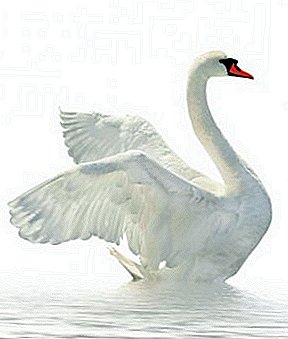 Swan is a majestic graceful bird.
Swan is a majestic graceful bird.
These are the largest waterbirds on the planet today.
In this article we will talk about the existing types of swans, about what each of them is interesting, as well as acquaint you with the feeding behavior of these birds.
General information
Swan (Latin Cygnus) - is a waterfowl from the order of Anseriformes and the family of ducks. A common feature of all species of these birds is a long and deft neck., allowing, without diving, to get food in shallow water. Swans can fly, love to move on water, and on land they are clumsy. Adult male and female representatives of the same species are colored the same and have almost identical dimensions, so it is very difficult to distinguish them. The warmer the nesting area, the darker the shade of bird feathers. As for the character, these Anseriformes are characterized by developed acumen. 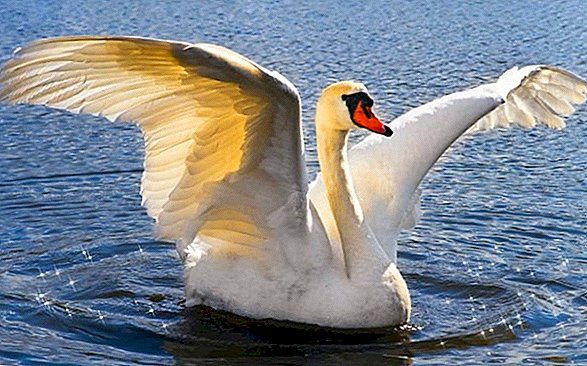 Due to the graceful body structure and noble appearance, the swan is considered a majestic and aesthetically attractive bird. He personifies beauty, grace and grace. Almost all kinds of swans are brought in Red List of the International Union for Conservation of Nature.
Due to the graceful body structure and noble appearance, the swan is considered a majestic and aesthetically attractive bird. He personifies beauty, grace and grace. Almost all kinds of swans are brought in Red List of the International Union for Conservation of Nature.
Important! It must be remembered that the swans have a timid temper, they go badly towards people. Having spotted these birds in the park area, do not try to get too close to them. An adult bird out of fear can attack a man and even maim him by breaking bones.
The bird is known for quite a long life. Under natural conditions, these waterfowl can live 25-30 years.
Swans are very tied to the territory. All kinds of swans are monogamous birds, create permanent inseparable pairs for life. Moreover, in the event of the death of a female, her partner remains alone until the end of life, and vice versa. But often after the death of a swan from a pair, the second (or second) also soon dies. Thanks to such devotion to his family, the swans became a symbol of loyalty and romance. Year after year, these birds can use the same nesting place, arriving at the chosen place and correcting their "dwelling". The nesting area of the swans is settled near the water, where then the female incubates 3-7 eggs for 30-40 days. The male does not move far from the nest, guarding the female. 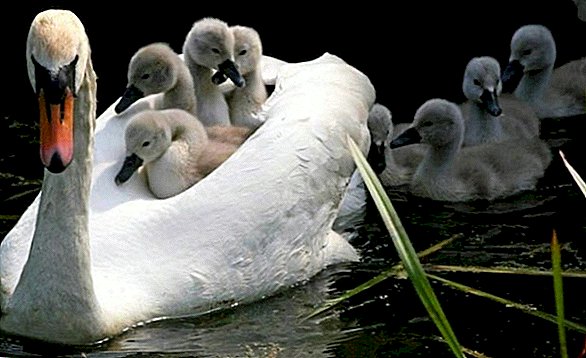 Swans are known as excellent parents; both partners take part in feeding and raising a brood. Anseriformes take care of their young until the age of 1 or 2 years, helping them to catch food and protecting them.
Swans are known as excellent parents; both partners take part in feeding and raising a brood. Anseriformes take care of their young until the age of 1 or 2 years, helping them to catch food and protecting them.
Types of swans
There are only 7 species that live mostly in the Northern Hemisphere, South America and the Australian mainland.
The black
Its name, this species is obliged to black color feathers. The bird lives in Southwest Australia, in New Zealand and North America (mainly in protected natural areas). 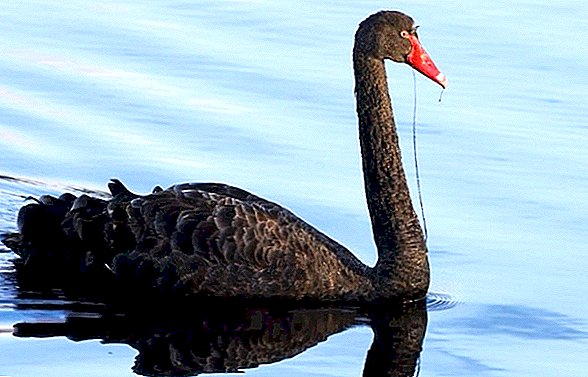 There is a beautiful feathered bird in the mouths of rivers, in overgrown lakes, in swamps, but you can also meet him in captivity in the zoos of the world. Despite the magnificence and limited habitat, the black species is not included in the Red List of the International Conservation Community.
There is a beautiful feathered bird in the mouths of rivers, in overgrown lakes, in swamps, but you can also meet him in captivity in the zoos of the world. Despite the magnificence and limited habitat, the black species is not included in the Red List of the International Conservation Community. 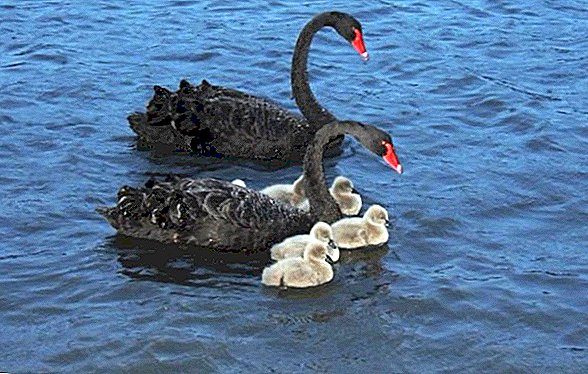 Females are slightly smaller than males, both sexes have black feather cover and bright red beak with a white tip. The weight of adult birds reaches 9 kg, the size in length is up to 142 cm. The maximum lifespan of this species in its natural environment is only 10 years. By the nature of this bird is very trusting, it is easy to tame.
Females are slightly smaller than males, both sexes have black feather cover and bright red beak with a white tip. The weight of adult birds reaches 9 kg, the size in length is up to 142 cm. The maximum lifespan of this species in its natural environment is only 10 years. By the nature of this bird is very trusting, it is easy to tame.
Did you know? Black swans can sometimes create pairs of two males. And only for procreation, the males invoke a female. After the female lays her eggs, she can be expelled from the nest, and both males are alternately engaged in survival.
Black-necked
This species was also named due to the peculiarities of the plumage coloring. Their head and neck are black, the rest of the body is snow white, and their beak is gray. On the beak of an adult bird there is a red growth that the young do not have. 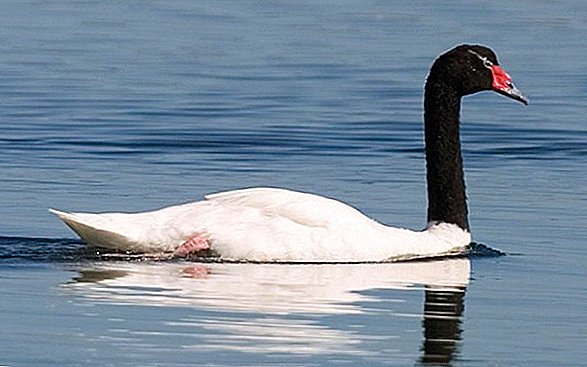 Adult representatives of the species can weigh up to 6.5 km, and their length can reach up to 140 cm. It is found this refined creature in South America. Nests are built on small islands or in reeds. Wild birds usually live no more than 10 years, while in protected areas live to 30.
Adult representatives of the species can weigh up to 6.5 km, and their length can reach up to 140 cm. It is found this refined creature in South America. Nests are built on small islands or in reeds. Wild birds usually live no more than 10 years, while in protected areas live to 30. 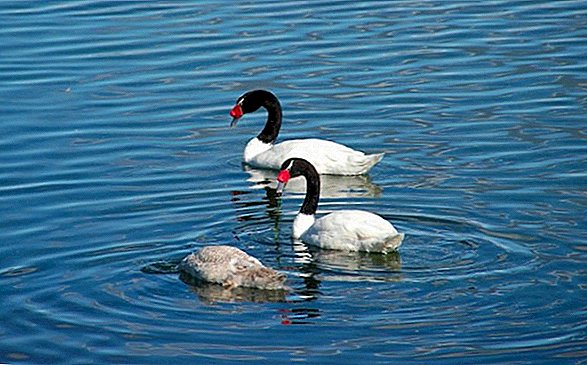 Male animals carefully monitor the safety of the female during the incubation period. Cubs of black-necked species are very energetic, love to travel, sitting on the back of one of the parents.
Male animals carefully monitor the safety of the female during the incubation period. Cubs of black-necked species are very energetic, love to travel, sitting on the back of one of the parents.
Did you know? In the UK, catching swans of any kind is prohibited by law, and all birds in this country are considered the property of the royal family.
Mute swan
Here is one of the largest species, along with a black swan. Adults, especially in the wild, are capable of gaining a mass of up to 15 kg, and their wingspan is about 2.5 m. 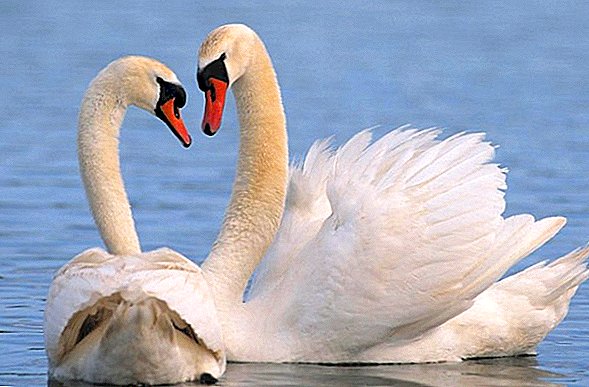 The plumage is white, with the head has a mustard color. The beak is red with a nail, the paws are black. Chicks characteristic brownish shade, but gradually, by 3 years, it changes to white. Shipun can live up to 28 years. This species is found in the northern and southern parts of Europe and Asia.
The plumage is white, with the head has a mustard color. The beak is red with a nail, the paws are black. Chicks characteristic brownish shade, but gradually, by 3 years, it changes to white. Shipun can live up to 28 years. This species is found in the northern and southern parts of Europe and Asia. 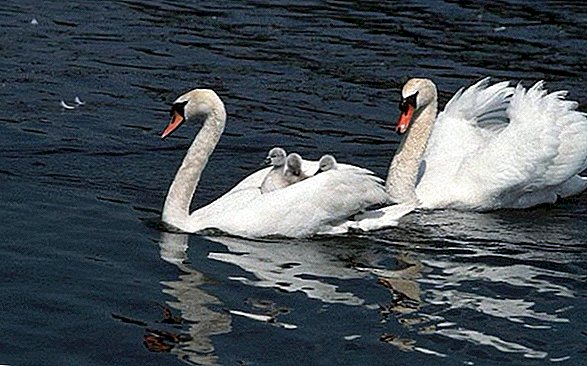 They recognize the spike on the dense neck in the shape of the Latin letter S - the spike mark bends the neck, floating on the water, unlike other species that keep the neck straight. The bird expresses its irritation and discontent with a special hissing sound, from which its name has gone.
They recognize the spike on the dense neck in the shape of the Latin letter S - the spike mark bends the neck, floating on the water, unlike other species that keep the neck straight. The bird expresses its irritation and discontent with a special hissing sound, from which its name has gone.
Learn more about Mute Swan.
Trumpeter Swan
The trumpeter swan looks like a whooper swan (about it below), but its beak is completely black. Received his nickname thanks to the cries issued when communicating with other individuals. 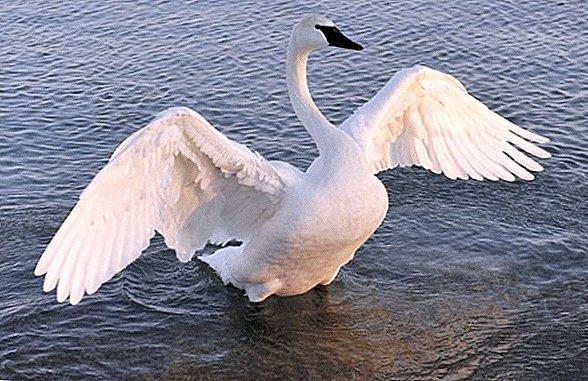 Blowers gain weight up to 13 kg, and the length of the bird reaches 180 cm. The feather cover is painted white. In May, birds begin the breeding season, while females sit on nests for exactly 1 month. During the time of incubation, the female lays no more than 9 eggs.
Blowers gain weight up to 13 kg, and the length of the bird reaches 180 cm. The feather cover is painted white. In May, birds begin the breeding season, while females sit on nests for exactly 1 month. During the time of incubation, the female lays no more than 9 eggs. 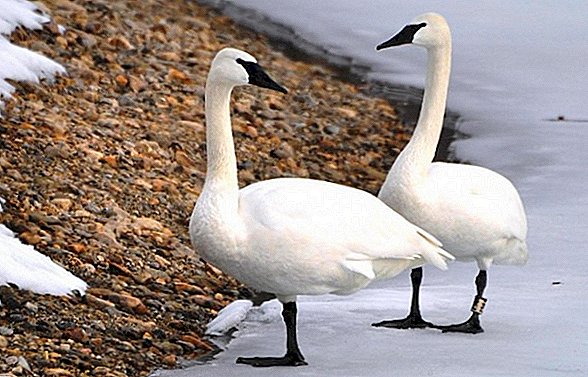 This species is found in Central America. In zoos birds live to 30 years, in natural conditions - up to 10.
This species is found in Central America. In zoos birds live to 30 years, in natural conditions - up to 10.
Read also about breeding swans at home.
Whooper swan
This species is a large bird with a mass reaching 12 kg. The wingspan of its wings is about 2.5 m, and the length of the body is at least 150-155 cm. The neck and the body are approximately the same length. 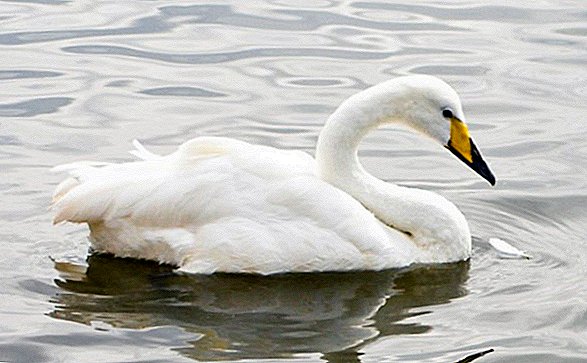 A characteristic feature of the species is a lemon-colored beak with a black tip. Feathers are white, but young feathers are gray with a dark head. The neck is set straight. The Whooper makes a rather loud cry during the flight, from which the bird's nickname came.
A characteristic feature of the species is a lemon-colored beak with a black tip. Feathers are white, but young feathers are gray with a dark head. The neck is set straight. The Whooper makes a rather loud cry during the flight, from which the bird's nickname came. 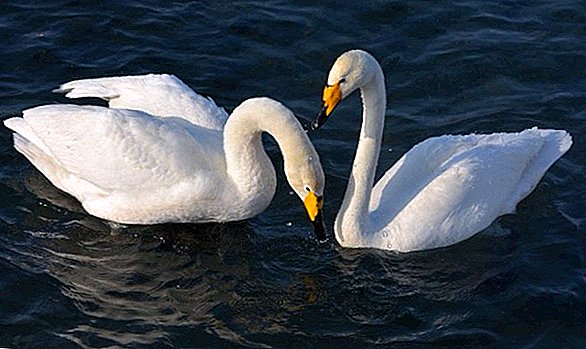 This species lives in the North of Europe and in some parts of Eurasia, on the shores of lakes and rivers. The nests of the whimpers are made of moss, grass and feathers. In zoos, the life of these Anseriformes is approximately 30 years.
This species lives in the North of Europe and in some parts of Eurasia, on the shores of lakes and rivers. The nests of the whimpers are made of moss, grass and feathers. In zoos, the life of these Anseriformes is approximately 30 years.
Did you know? The whooper swan is one of the national symbols of Finland.
American
The American species is the smallest: the bird does not exceed 146 cm in length, and its weight rarely reaches 10 kg. 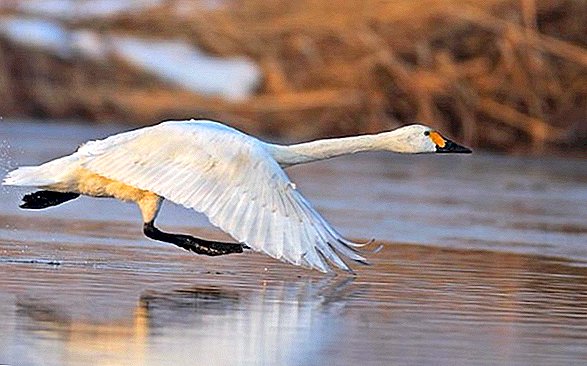 According to external data, the American is similar to the whooper, but his neck is somewhat shorter, the size is more modest, and his head is round. The beak is yellowish with an admixture of black. When the female hatching eggs, the male carefully protects her.
According to external data, the American is similar to the whooper, but his neck is somewhat shorter, the size is more modest, and his head is round. The beak is yellowish with an admixture of black. When the female hatching eggs, the male carefully protects her. 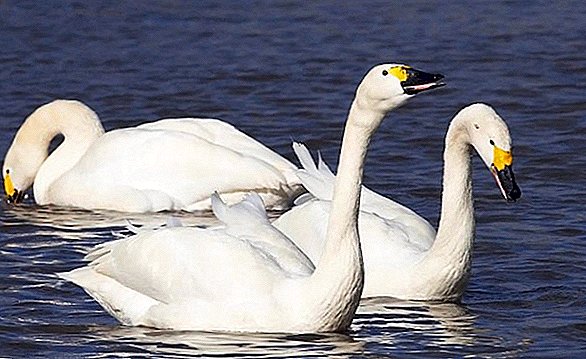 This majestic bird lives in the tundra forests of America. Gnezdovoy plot equips on the outskirts of reservoirs and moss areas. In the protected natural areas, these birds live up to 29 years.
This majestic bird lives in the tundra forests of America. Gnezdovoy plot equips on the outskirts of reservoirs and moss areas. In the protected natural areas, these birds live up to 29 years.
It is interesting to get acquainted with species of pheasants, peacocks, ostriches, ducks, wild geese, chickens and pigeons.
Small
The small swan looks similar to the whooper. According to its characteristics also resembles the American variety. The length of the bird is 140 cm, the wingspan is 200-210 cm, the beak is short, yellow-black. A distinctive feature is the individual drawing on the beak of each individual. In captivity conditions, the maximum life span of a small swan is 20 years. 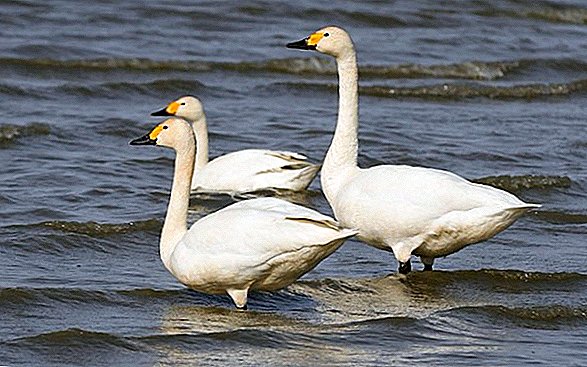
What swans eat
Under natural conditions, they prefer to eat in shallow water. The main food of these birds is:
- Aquatic vegetation (small algae, duckweed; stalks, shoots and roots of aquatic plants). Plant foods contain many vitamins and minerals (especially iodine) that are useful for feathers, skin and a number of internal organs of poultry.
- Coastal grass and foliage from willow thickets hanging over the water. The herb is rich in vitamin B9, folic acid and fiber, which contribute to the growth of birds, increase the level of oxygen in the blood, and normalize the digestive process.
- Small fish. Fish contains essential amino acids, as well as polyunsaturated fats that are required for the full function of the heart and brain.
- Crustaceans. Beneficial effect on the state of plumage. In addition, it is a very nutritious product.
- Amphibians (frogs). The mucus of frogs has a bactericidal (anti-inflammatory) effect. In amphibian meat contains a large amount of vitamins, minerals (in particular, a lot of calcium), which improve the body's performance. Calcium improves the condition of plumage, gives it shine, prevents feathers from falling out.
- Shellfish and their external skeleton (shells). The benefits of this food - to improve metabolism and strengthen the body (immunity) in general. Shellfish are also beneficial in the presence of large amounts of mineral salts and vitamins.
- Insects and their larvae. The benefits of this delicacy for swans due to the high content of calcium, phosphorus, vitamins and low fat. Insects in the swan's diet help protect the body from the harmful effects of environmentally unfriendly environment.
Important! It is important for city dwellers to remember that it is undesirable to feed them with bread closer to the winter of swans. For the Anseriformes, black bread is especially harmful because it can cause severe fermentation processes in the gastrointestinal tract. White bread is not dangerous, but too high-calorie food can dull the migratory instinct of the bird. As feed, it is better to use grains - oats, corn, but not hard, but slightly boiled. Also, swans willingly eat ground vegetables and hay soaked in water.
Birds filter the bottom sludge in search of food. Due to the special structure of the oral apparatus (the beak is equipped with plates inside and teeth at the edges), they produce water circulation. The water entering the beak brings with it food particles that remain in the mouth. Having caught a frog or a small fish, the swans do not swallow food right away, but wait until water flows out of the beak. Dentuses also help these anseriformes to easily bite off parts of plants.
Different species of wild swans have their own individual characteristics of feeding behavior, largely dependent on the nesting site. For example, black swans are vegetarians. If there is not enough vegetation, they change their habitat or fly over to forage lands. 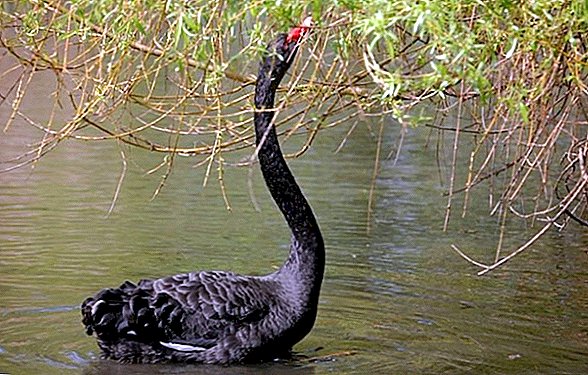 The main food for black-necked swan aquatic plants (algae) serve, but the bird also likes to feast on aquatic invertebrates and insects.
The main food for black-necked swan aquatic plants (algae) serve, but the bird also likes to feast on aquatic invertebrates and insects.
Sheepholes and Whoopers prefer food of plant origin only. These birds love to feast on potatoes, corn, grain crops left on the agricultural fields after harvest. 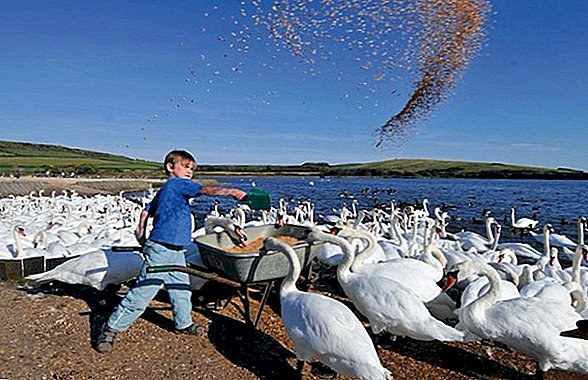 Trumpeter Swan produces food in water and sludge. Almost always eats only plant food - the leaves and green stems of various plants.
Trumpeter Swan produces food in water and sludge. Almost always eats only plant food - the leaves and green stems of various plants.
American swan in summer, it feeds mainly on aquatic plants and grasses growing on the shore. In winter, its menu consists of cereal grains. Also, if possible, do not give up the tops and tubers of potatoes. 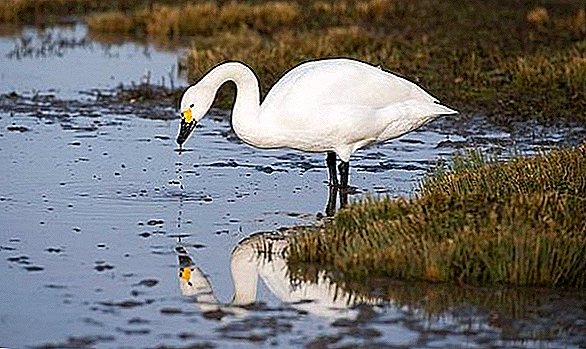 Little Swans are excellent anglers. Due to the frequent lack of vegetation, they have learned to catch small fish, crustaceans, mollusks, frogs and even snakes. However, these swans do not deny themselves and vegetable delicacies.
Little Swans are excellent anglers. Due to the frequent lack of vegetation, they have learned to catch small fish, crustaceans, mollusks, frogs and even snakes. However, these swans do not deny themselves and vegetable delicacies.
As a conclusion, I would like to note that the reason for the inclusion of swans in the Red Book was the hunt, which has long been conducted on this bird. However, since the 50s of the 20th century, active work has been carried out in the world to restore the optimal number of these birds. All this gives hope that not a single species of swans will disappear from our planet.


